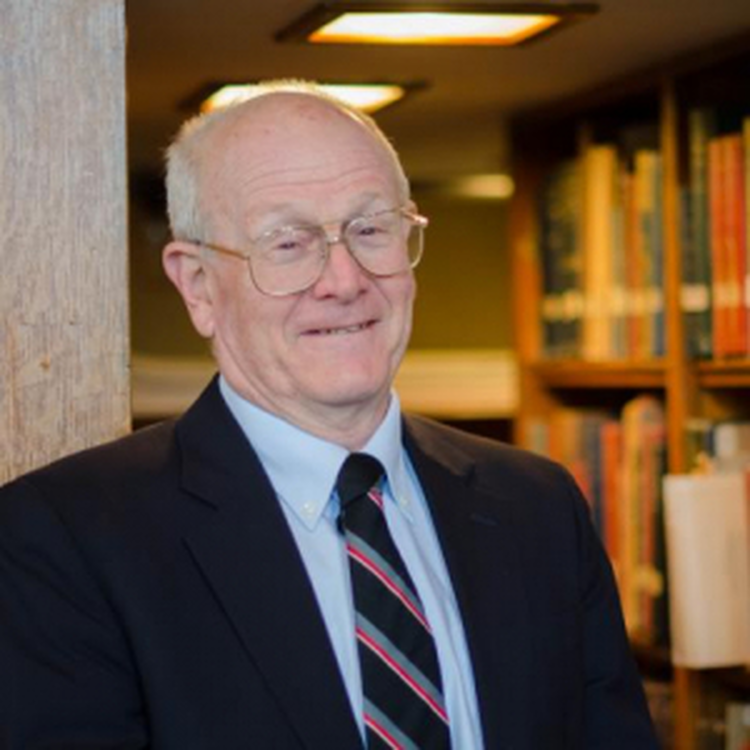Overview
Rocks, fossils, and other natural relics hold clues to ancient environments in the form of different ratios of isotopes—atomic variants of elements with the same number of protons but different numbers of neutrons. Seawater, rainwater, oxygen, and ozone, for instance, all have different ratios, or fingerprints, of the oxygen isotopes 16O, 17O, and 18O. Weathering, groundwater, and direct deposition of atmospheric aerosols change the ratios of the isotopes in a rock revealing a lot about the past climate.
Douglas Rumble’s research is centered on these three stable isotopes of oxygen and the four stable isotopes of sulfur 32S, 33S, 34S, and 36S. In addition to revealing what happened in Earth’s past, he uses oxygen isotopes to distinguish processes that occurred in the solar nebula from those taking place in planetary bodies after their condensation from the nebula.
The four stable sulfur isotopes also provide insights into the evolution of Earth’s atmosphere in the form of anomalous separations recorded in sulfur-bearing minerals from rocks as old as 3.8 billion years.
To understand Earth's earliest history--its formation from Solar System material into the present-day layering of metal core and mantle, and crust—Rumble and team look to meteorites. Recently they looked at a particularly old type of meteorite called diogenites and examined them using an array of techniques, including precise analysis of certain elements for important clues to some of the Solar System's earliest chemical processing.
Diogenites represent some of the Solar System's oldest existing examples of heat-related chemical processing. The Rumble team examined nine diogenites and confirmed that these samples came from no fewer than two-parent bodies and that the crystallization of their minerals occurred about 4.6 billion years ago, only 2 million years after the condensation of the oldest solids in the Solar System giving researchers us a better picture of the earliest days of our Solar System.
Doug Rumble joined the Geophysical Laboratory (now the Earth and Planets Laboratory) as a staff scientist in petrology and geochemistry in 1973.
He earned a B.A. from Columbia College and a Ph.D. from Harvard University. He served as an assistant professor at UCLA and on detail as a Program Director in the Earth Sciences Division of the US National Science Foundation. He worked as a Board Member of Geoscience World to provide top-quality electronic publishing technology to Earth Science Societies for their journals.
